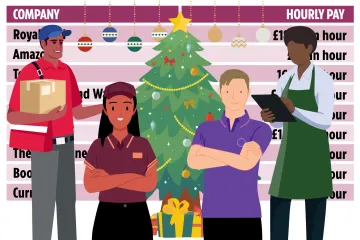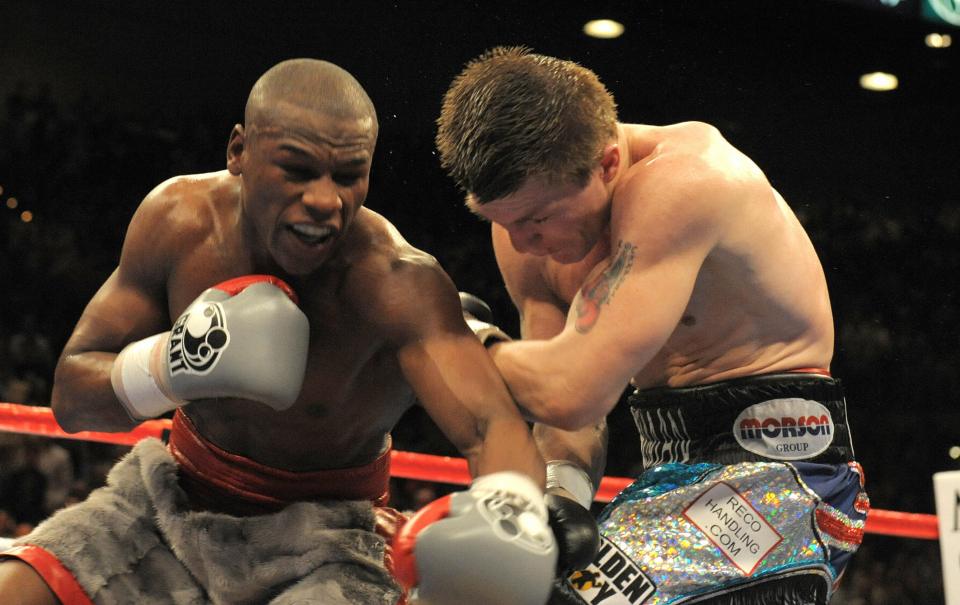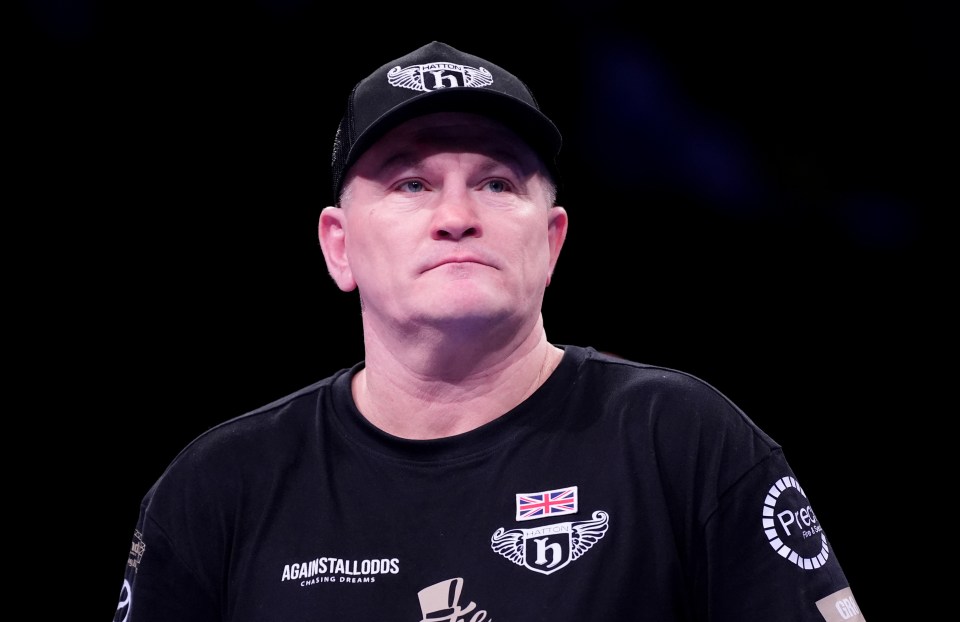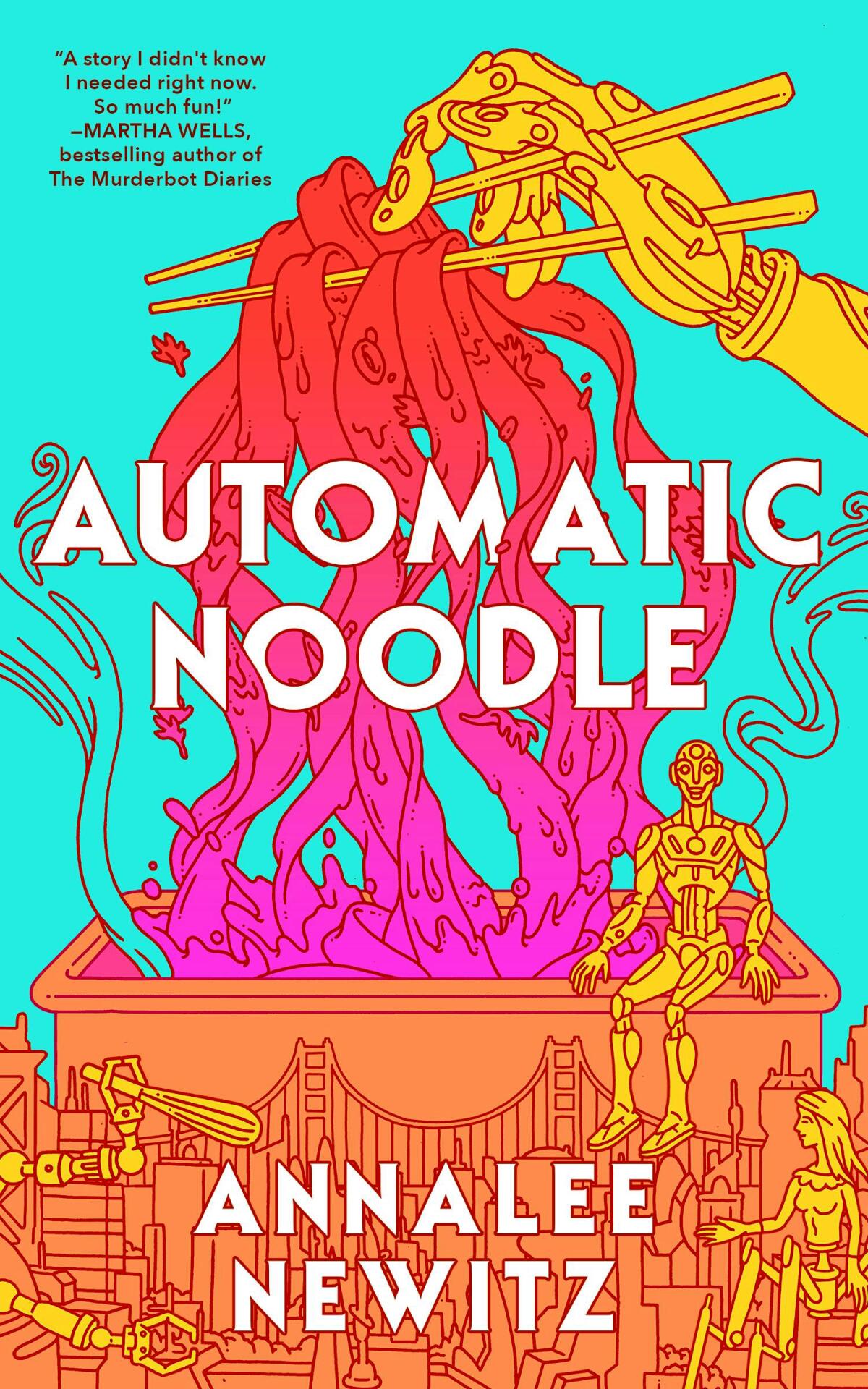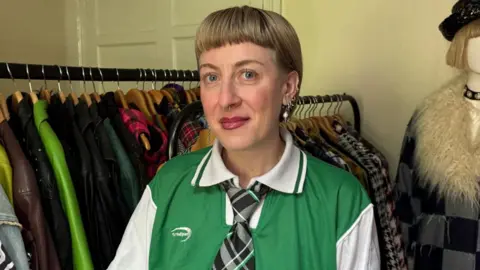Explosives Officer Lana Washington is set to face some daunting times in Trigger Point’s third series as Vicky McClure teases another high-stakes season for the ITV hit series.
Vicky McClure promises more adrenaline, danger and depth in the explosive third series of Trigger Point – but her alter ego Lana is set for a gruelling addiction and PTSD battle.
“It’s more exciting,” she says, “We made it bigger. We’ve got new cast members. People that weren’t on series two were really excited to be on the show.”
This year, the hit ITV show doesn’t just go bigger – it gets bolder. “We’re moving with the times,” Vicky McClure adds, “We’re making sure that it feels epic.”
Once again, the Line Of Duty star returns as bomb disposal expert Lana Washington – while also taking the reins as an executive producer.
Series three opens with a nerve-wrecking emergency: Lana is called to a wasteland where a man is trapped inside a taxi. A sign nearby orders him to “confess” to a mysterious crime – or die trying to escape.
What first appears as a one-off hostage crisis quickly spirals. As panic builds up, Lana realises she’s hunting a serial perpetrator. New actors have joined the line-up. Lost Kingdom star Mark Rowley plays Rich Manning, and Primeval actor Jason Flemyng is villain Steven Wyles.
READ MORE: Beauty fans bag luxurious skincare advent calendar worth £894 for under 10% of cost
“I always play a lot of baddies and I look like a baddie but the truth is he’s another little man that is fighting the system and that has been hard done by,” Jason says.
“He’s had enough of the capitalist system putting profit before people. He takes retribution.” The villain quickly develops a complicated bond with Lana.
“She’s not battling him, it’s just that he’s breaking the law and doing something which puts other people in danger. That’s the essence of that relationship,” Jason says.
Their bond culminates in a brutal face-off – one Jason vividly remembers. “We shot in this town hall in Wembley and we parked underneath it,” he says.
“I went to see Oasis recently and went to the town hall because that’s where Vicky and I had a fight. I parked right outside because I knew the town hall.”
This season also digs deeper into Lana’s personal trauma. After surviving a kidnapping by a terrorist group in season two, she’s still grappling with the aftermath.
“When we first started talking about series three, we wanted to touch on PTSD for sure and how that was for Lana,” Vicky says. “It’s so unique to everybody. We all know Lana’s lost a lot of people close to her throughout the series. There’s no way that’s not going to have an effect on her.”
The emotional toll takes unexpected forms. “We’ll see Lana going through an addiction while she’s working and how she handles that, who picks up on it,” Vicky teases, “She’s incredible but she’s also human. She makes a lot of mistakes. That’s the downfall of being a heroic character.”
Vicky also gets an upgrade – literally. “We’ve had three different bomb suits now,” Vicky says, “This was the lighter version and it was still bloody heavy . It was much easier to walk in.”
Despite the physical and emotional intensity, Vicky thrives on bringing Lana’s vulnerability to the surface. “It’s been nice because Lana’s having to lean more on other people,” she says.
“There’s a much closer knit between the EXPOs (Explosive Officers),” she adds, crediting former British Army bomb disposal expert Joel Snarr for his insight. “There’s a lot of life in it. It feels real. We’re trying to get into the mentality of an expo and speaking to people like Joel, you get that.”
Even the smallest details matter to Vicky. “One thing that drives me nuts is watching people drink tea on telly without tea or (carrying) bags without anything in them,” she says, “I’ve got this bag on my back every day, so I fill it with anything that Lana needs. I feel like I’ve got the weight of Lana on me.”
She even recalls a particularly funny moment on set. “They’d made a foam breezeblock for me. I know I’m 42 and cracking on but I can still pick up a breezeblock,” she says.
“Cut to take five and I was like, ‘what the hell did I choose the real one for?’ But the foam one looked terrible. After Trigger Point, I feel fit as a fiddle, which is rare for me because I’m not a massive fan of the gym. I went there once this year.”
Production for series three rolled straight into filming for series four, after ITV swiftly renewed the drama. The cast and crew spent a total of nine months shooting in London. “We just strap in and get the job done,” says Vicky.”
Trigger Point airs on Sunday 26th October on ITV.
Like this story? For more of the latest showbiz news and gossip, follow Mirror Celebs on TikTok, Snapchat, Instagram, Twitter, Facebook, YouTube and Threads.








